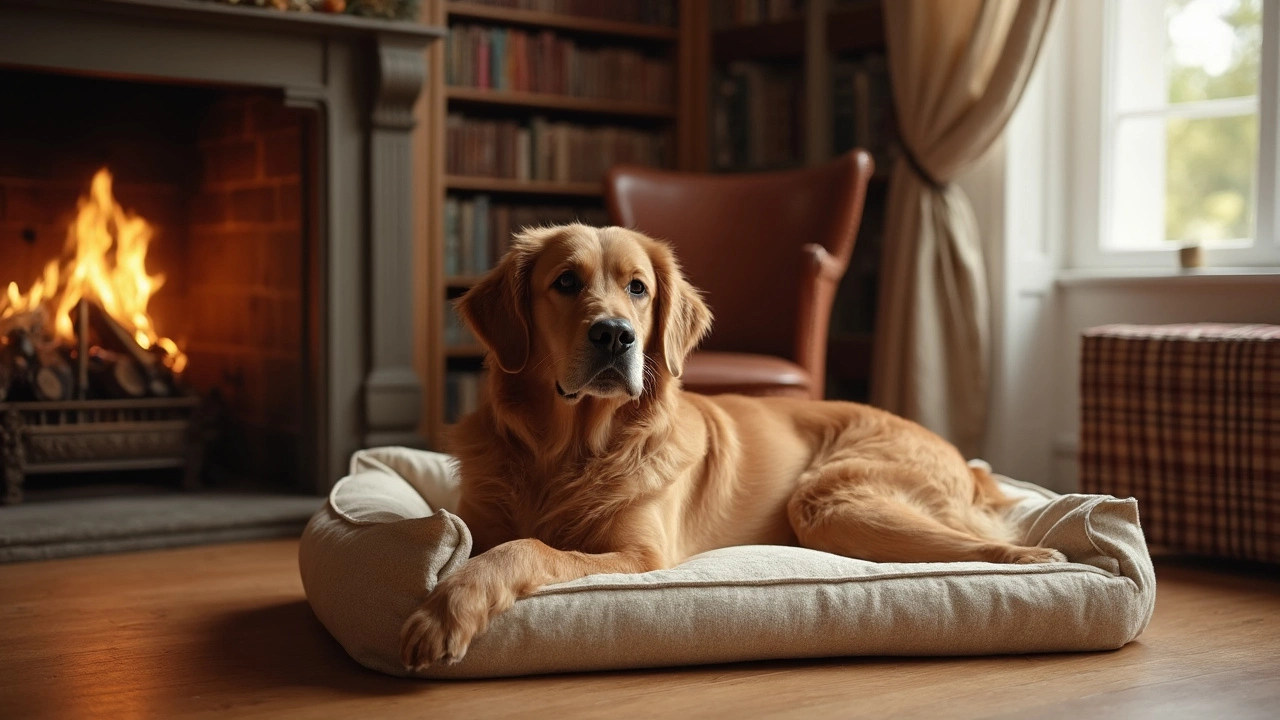Pet Sleep Tips for Happy, Healthy Pets
Ever catch your dog staring at you at 3 am or your kitten hopping on the bed while you try to snooze? Bad sleep habits aren’t just annoying – they can affect mood, energy and health. The good news is you can set up a simple routine that helps any pet drift off faster and stay rested longer.
First, pick a consistent bedtime. Dogs and cats thrive on routine, so if you usually turn off the lights at 10 pm, try to keep that time every night. Your pet will start to associate the cue with winding down, just like we do when we hear the TV turn off.
Creating a Cozy Sleep Space
Choose a spot that’s quiet, away from heavy foot traffic, and the right size for the animal. A plush dog bed works great for larger breeds, while a soft blanket in a corner can make a cat feel safe. Puppies love a crate with a blanket inside – it mimics a den and reduces anxiety. If your dog seems nervous in the dark, a low‑intensity night light can calm them without disturbing the whole house.
Keep the temperature cool but comfortable. Most pets sleep best between 65‑72°F (18‑22°C). A fan or a small heater can help if the room swings too hot or cold. Avoid strong scents or loud appliances near the sleep zone; they can keep a pet alert.
Nighttime Routines That Work
Just like kids, pets respond well to a wind‑down routine. A short walk or play session an hour before bed burns off excess energy. Follow that with a calm activity – gentle petting, a quiet chew toy, or a brief grooming session. For puppies, a quick potty break right before bedtime prevents midnight accidents.
If you’re letting a dog sleep in your bedroom, let them settle on the floor or a dog mat rather than the bed. This keeps their own space distinct and reduces the chance they’ll try to crawl onto you later. Some owners find that a soft music playlist (classical or ambient sounds) lowers a dog’s heart rate, making it easier to fall asleep.
When it comes to cats, give them a late‑night snack of a small dry kibble portion. It satisfies a small hunger spike that can otherwise cause them to wake you up hunting for food. Also, provide a high perch or cat tree nearby so they can observe the room without feeling trapped.
Finally, be patient. Changing sleep habits can take a week or two. Stick to the same cues, keep the sleep area inviting, and watch your pet start to settle faster each night. A well‑rested pet is a happier companion – and you’ll finally get that uninterrupted shut‑eye you deserve.
Posted By Bryndle Redding On 24 Feb 2025 Comments (0)
Why Memory Foam Dog Beds Are Awesome for Your Pup
Memory foam dog beds are more than just a luxury item for your furry friend. They offer unparalleled comfort, support for aging joints, and durability that helps them last through the years. With the ability to conform to your dog's shape, these beds are perfect for pets of any age, providing both relaxation and relief from discomfort. Discover the top reasons why investing in a memory foam dog bed is a game-changer for your pet's health and happiness.
READ MORE